₦10,000.00

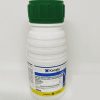
₦13,000.00
Jumper D Fungicide (Dimethomorpe 80g/kg and Chlorothalonil400g/kg)
₦3,000.00
Jumper D Fungicide is a contact and fundamental horticultural fungicide by Solevo used to control many contagious infections on a wide scope of yields. A wettable powder acts by forestalling spore germination and zoospore motility when applied to the foliage of plants and as a cellulose union inhibitor. It has multi-site action. It is applied as a foliar treatment to counter wool buildup, early and late scourges, crowns, root decays, potatoes, tomatoes, and vegetables.
Item Features:
Active ingredient: Dimethomorpe 80g/kg +Chlorothalonil400g/kg
Method of Action: Contact/fundamental; expansive range, foliar activity.
Bundling Size: 60g
Share:
Jumper D Fungicide
Jumper-D Fungicide is a farming fungicide by Solevo used to control a large number of parasitic illnesses on an expansive scope of harvests. The dynamic elements of Jumpa D are Dimethomorpe 80g/kg and Chlorothalonil400g/kg which have both contact and fundamental properties. It is applied as a foliar treatment for the counteraction of fleece buildup, early and late curses, crown, and root decays for, potatoes, tomatoes, and different vegetables.
Bugs Controlled By Jumper D Fungicide
Rust, purple spot, Leaf scourge, Anthracnose, Downy buildup, Ring spot, Stalk decay, Botrytis decay, Pod and stem curse
Appropriate Crop For Application Of Jumper D
Oats, Corn, Fruits, melon, Mushrooms, Peanuts, Potatoes, and Vegetables including asparagus, beans, cabbage, cauliflower, broccoli, carrot, onions, celery, and cucurbits.
Method Of Action
Chlorothalonil: Non-fundamental fixings. Acts by forestalling spore germination and zoospore motility. Dimethomorpe: Systemic. Organisms Cellulose blend inhibitor.
Application Usage And Guidance For Jumper D Fungicide
Apply fungicides before the improvement of sickness, even though they might have foundational (“payoff”) activity they won’t destroy illnesses after they have begun. Furthermore, when a solitary sickness sore is seen in the field, a lot more injuries excessively little to notice are now working at your yield.
Utilize more limited splash spans during climate helpful for plant sickness. Nonetheless, most plant illnesses require leaf wetness, Therefore, during times of downpour and weighty dews more regular fungicide applications are smart. The typical scope of shower applications is 7 to 14 days.
Know when to substitute fungicides. Foundational fungicides, those with a solitary method of activity, whenever applied over and over in succession, may make the sick organisms transform into a structure impervious to the fungicide. Continuously substitute fungicide applications from one FRAC code (MOA code) number to another.
Safety Measures in Use Of Jumper D
Application and timing are critical to augment the adequacy of fungicides. Stick rigorously to the mark and conform to the fitting timing and application strategy.
Various pesticides are enrolled for use by crop ranchers and it ought to be noticed that a fungicide can’t be legitimately utilized for any reason other than the reason displayed on the supported name.
Explicit security safety measures ought to likewise be taken especially while shipping, blending, and applying fungicides.
Frequently Asked Questions (FAQs)
Product and Use:
Jumper D Fungicide is a broad-spectrum agricultural fungicide used to control various fungal diseases in a wide range of crops.
- What are the active ingredients in Jumper D Fungicide?
It contains two active ingredients: Dimethomorph (80g/kg) and Chlorothalonil (400g/kg).
- What types of diseases does Jumper D Fungicide control?
Jumper D Fungicide helps control various fungal diseases including rust, purple spot, leaf blight, anthracnose, downy mildew, ring spot, stalk decay, botrytis decay, and pod and stem blight.
It is labeled for use on a wide range of crops including oats, corn, fruits, melons, mushrooms, peanuts, potatoes, and vegetables like asparagus, beans, cabbage, cauliflower, broccoli, carrots, onions, celery, and cucurbits.
Application and Efficacy:
- How does Jumper D Fungicide work?
Jumper D Fungicide combines two modes of action: Dimethomorph: A systemic fungicide that inhibits cellulose synthesis in fungi, stopping their growth. Chlorothalonil: A non-systemic fungicide that prevents spore germination and zoospore motility, hindering fungal reproduction.
Apply Jumper D Fungicide preventively, before the onset of the disease. While it may have curative properties, it won’t completely eradicate established infections.
- How often should I apply?
The frequency of application depends on weather conditions and disease pressure. Generally, applications are made every 7-14 days but adjust based on rainfall and dew.
- Can resistance develop to Jumper D Fungicide?
Yes, overuse of fungicides with a single mode of action can lead to resistance in fungal pathogens. To prevent this, rotate Jumper D Fungicide with fungicides from different FRAC (Mode of Action) code groups.
Only logged in customers who have purchased this product may leave a review.

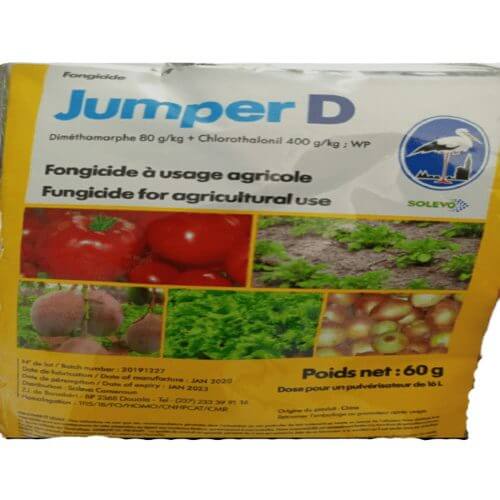
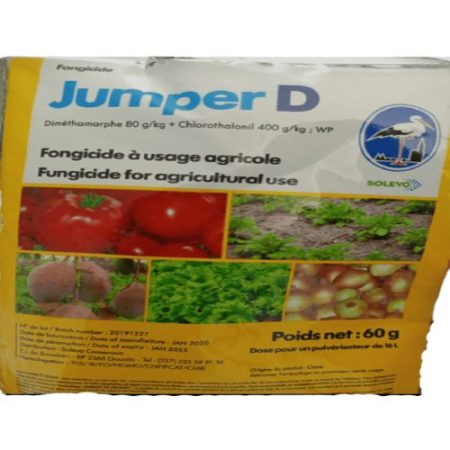
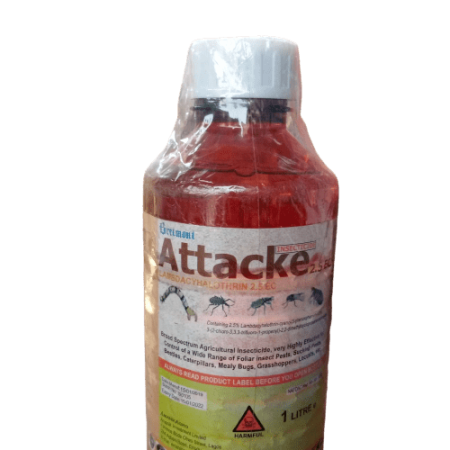
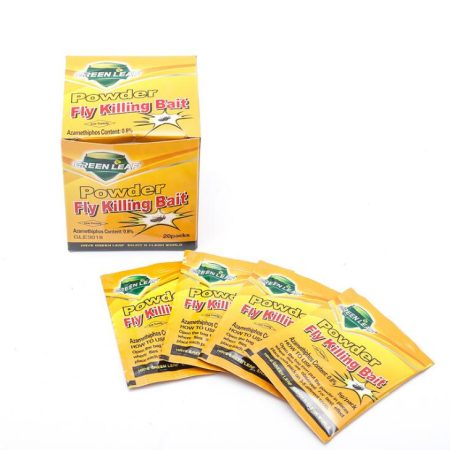
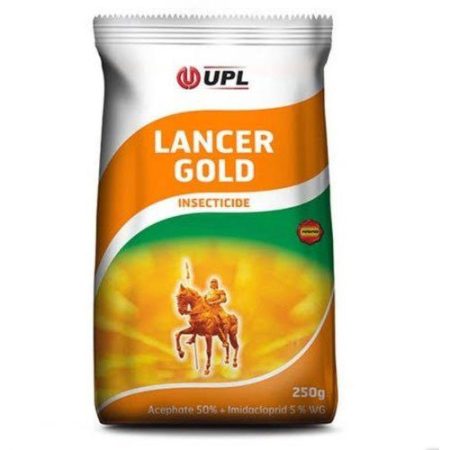

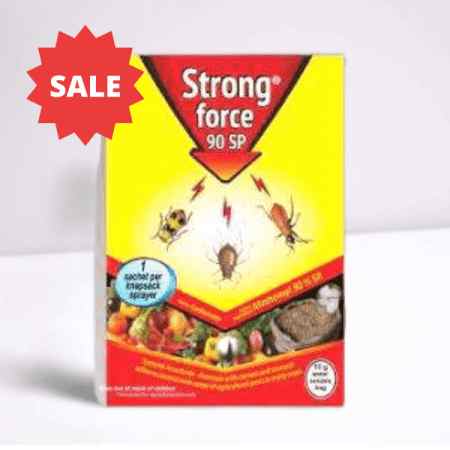
Reviews
There are no reviews yet.